Digital Portfolio
By Serena Emerson
Introduction
This year, my class has taken part in Understanding Contemporary First Nations, Métis, and Inuit Voices instead of regular grade 11 English. I have found this course of great interest and importance as we explored themes of identity, self-determination, community, belonging, and sovereignty. We discussed many texts in various forms, leading me to eye-opening reflections. This course has given me the opportunity to make connections and gain a deeper comprehension of First Nations, Métis, and Inuit cultures and experiences.
Activity
Taddle Creek Walk
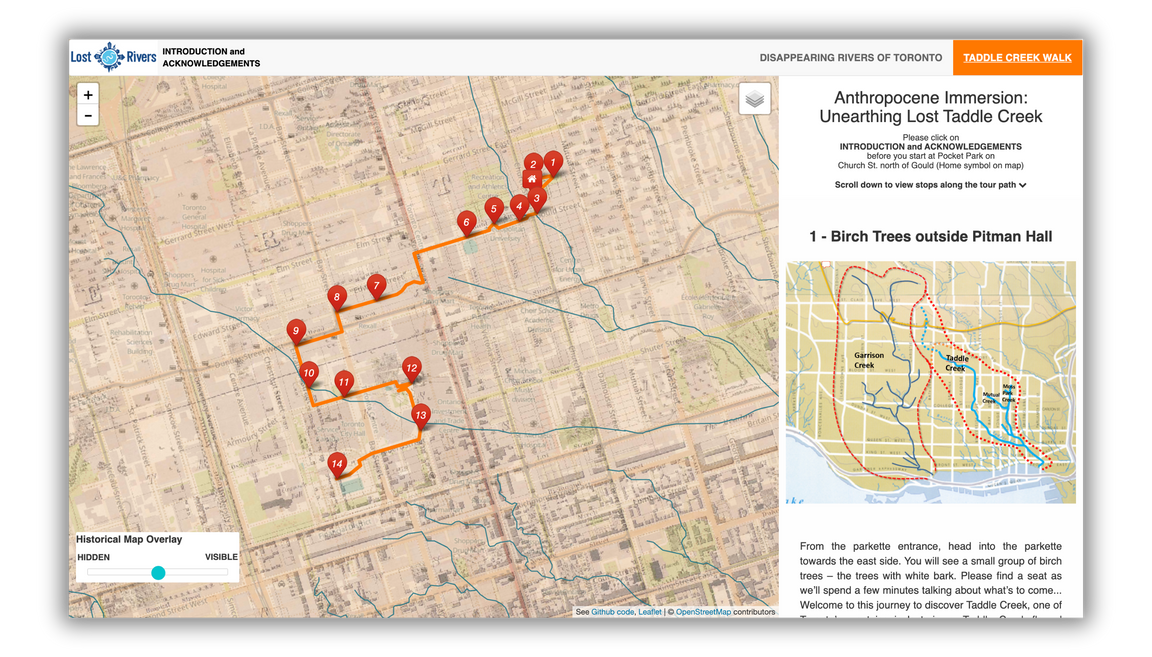
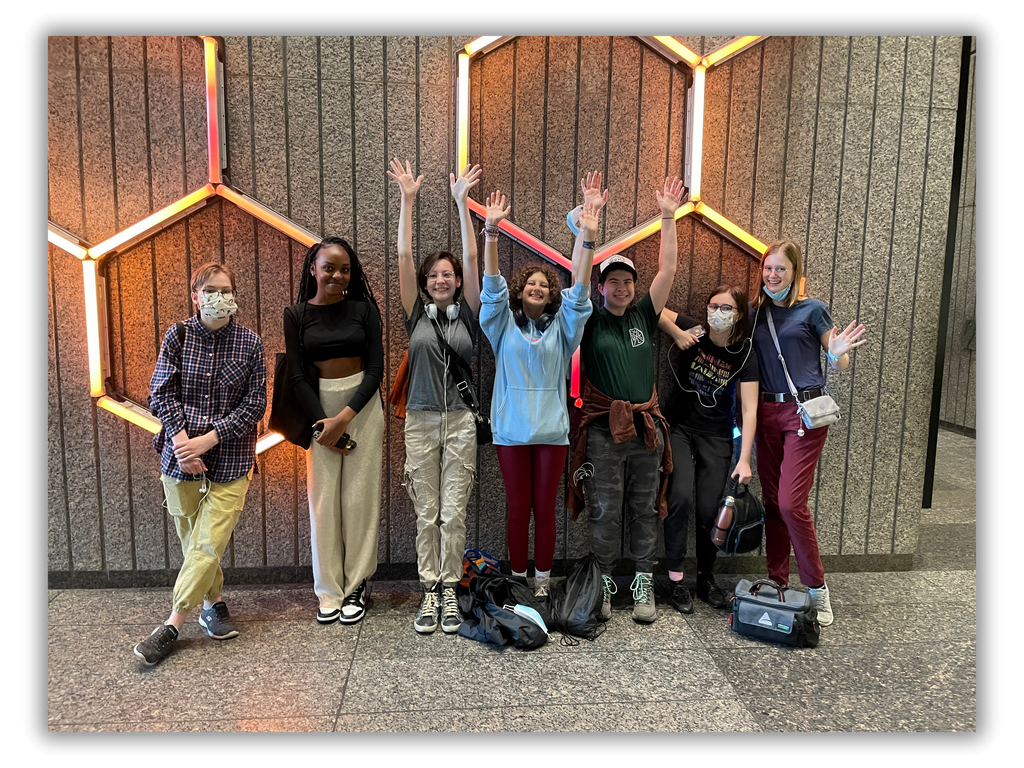
A guided walk along the buried Taddle Creek
Entry
Author: Chelsea Vowel
Title: In Buffalo is the New Buffalo, Chelsea Vowel challenges sci-fi tropes and explores Métis futurism
Genre: Interview
Chelsea Vowel Interview
A Reflection
"The ability to transform is something that I think is at the foundation of a lot of Indigenous worldviews."

I resonated with the part when they talked about letting nature recover during lockdown in Covid. That was, in a way, such a time of hope. Hope that nature can heal itself and regain its power. I feel saddened by the fact that life has more or less gone back to normal because that normal is so destructive. Another thing that resonated with me was the future she envisioned. I hope it will not take so long to get there. It was interesting that she highlighted traditional Indigenous languages as an important part of that future because of how, in previous years, we’ve talked about the influence of language on culture. Cross over to anthropology?
Entry
Author: Rebecca Thomas
Title: Etuaptmunk
Genre: TEDTalk
"Two-Eyed Seeing takes the strengths of both a colonised world and an Indigenous world and asks that the user look through both lenses simultaneously to find success. It is the Mi'kmaq understanding of the gift of multiple perspectives. "
Etuaptmumk
Response to Rebecca Thomas' "Etuaptmumk"
Rebecca Thomas says “although you define us, we think very differently from you.” What does she mean here? Can you think of some differences between Indigenous ways of knowing, and Western ones?
I believe she means that colonizers are often the ones calling the shots on who qualifies for status as an Indigenous person in law and how Indigenous people are portrayed in mainstream media. Yet, Indigenous people’s sense of identity and nationhood is very different from that portrayal. Indigenous and Western values paint a very different picture of what success is and generally how to live a successful life. For example, often Western ideas of success focus on financial prosperity and stability while Indigenous ideas are more concerned with health, wisdom, and spiritual connection. Additionally, the structure of education is far more institutional in Western society than Indigenous ones.
In what ways has your cultural perspective clashed with the mainstream way of thinking at times? Have you ever been, as Rebecca Thomas articulates, “painfully aware that you were different?”
Absolutely. I’ve experienced this in multiple contexts but I think the most prominent one is how I view animals. My perspective is that humans and nonhuman animals are equal and should be treated as such, and that the health of the environment should always be put first. This is not a position that I think many people actually believe in and I often feel ostracized by how people treat animals as less than humans and nature as separate from us. Over time, I’ve become rather desensitized to this issue, which is not a good thing, but rather a way of coping as a very caring person.
Each worldview has its strength. She defines Western strength as power, self-confidence, the ability to unapologetically take up space. Indigenous strength is found in a holistic view of the world, the ability to flex and change and flow like a river, and consideration of multiple perspectives. What other strengths can you think of that belong to Western thought? How about to Indigenous people? What strengths do you bring to this discussion, this classroom, this unit? What strengths can you see in the others in your group?
One strength of Indigenous thought is its connection to nature. It views humans, nonhumans, and the natural world all as parts of a connected circle, unlike the hierarchical view of Western thought. By considering humanity as a small part of the natural world, many Indigenous nations have been able to sustainably live on land for thousands of years without depleting its resources or destroying its ecosystems. I think that a strength I bring to the discussion is my curiosity. It allows me to find new perspectives and have passion for learning about different subjects. In the group, I’ve noticed strengths such as creativity, thoughtfulness, and determination developing and shining through on multiple occasions.
General Reflection
The poet spoke with a lot of conviction. They used time really well, going fast through some parts and taking pauses at others. I liked how they acknowledged the assets of the two worldviews but said that they could see the world more holistically by looking with both at the same time.
Activity
Two-Eyed Seeing
Sunny
Sea gulls
Vast
Ships
Ocean
Waves
“Time is a mother”
Whale song
Lighthouse
Cold
Misty
Entry
Author: Kendra Newman (Abuks D’nas)
Title: Centuries Pass
Genre: Poetry
Putting Down Roots:
Why Does Rootedness Matter?
"There, rests a familiarity
Of lifetimes ago.
Centuries
When I was truly home."
It often happens in life that people become separated from the things that keep them grounded such as their familial or cultural history. Because of this, many people find themselves with a lack of familiarity or context in which to make their decisions. In the poem “Centuries Pass” by Kendra Newman, there are a couple of reflections on this common experience. The first three lines seem to suggest that building connections with other people in the space that one occupies in the present can be a way to begin developing a new foundation that, in time, will grow into your own roots. However, later on, the poem touches on the importance of place in reconnecting to pre-existing roots. Understanding, respect, and love for the land from which one’s heritage grows is an essential part of the poem and is portrayed through vivid descriptions of the speaker’s own experience in conjunction with the line “we come from the land!” For better or worse, revisiting physical spaces of historical significance is also an essential part of connecting to one's ancestors and finding a sense of deep, meaningful belonging.
Entry
Author: Serena Emerson
Title: Reflections on The Madawaska
Genre: Poetry
Poetry Unit Reflection
During the beginning of the unit, while we were looking at a word and thinking of other words it reminds us of, I realized that a lot of things remind me of events I've experienced through books. I felt like this kind of spoke to how I see and experience parts of the world that are otherwise not accessible to me, like the ocean. Later, during the analysis of our chosen poem, I found myself relating to a lot of what the author was saying in “Arctic Ice” even though I'm not Indigenous and I have never been to the Arctic. I have felt the stark longing that she speaks of, particularly when I return to the city after a canoe trip but also much later, when my eyes, senses, and soul have been deprived of natural connection for too long. I have never felt truly at home in the city and once, a few years ago, I cried because of how much I missed being in nature. All this is to say I felt very heard by this poem. In terms of the original poem, one reflection I had was that poetry is so similar to song. Some of the songs that I listened to while thinking about this assigment had lines that made me think “that could be a poem”. I ended up writing about a series of experiences I had in a wetland in Algonquin last summer, after filtering through several topic ideas. I drew inspiration not only for my own thoughts and emotions but also from an author whose books about the Canadian wilderness mean a lot to me: R. D. Lawrence. I tried to make a poem about the rich, busy, intense, mother-like nursery that is the Madawaska River and surrounding marshlands. I dream one day of traveling the entire thing. Other inspirations include, Natalie Merchant’s “Motherland” and “Piranesi” by Susana Clark.
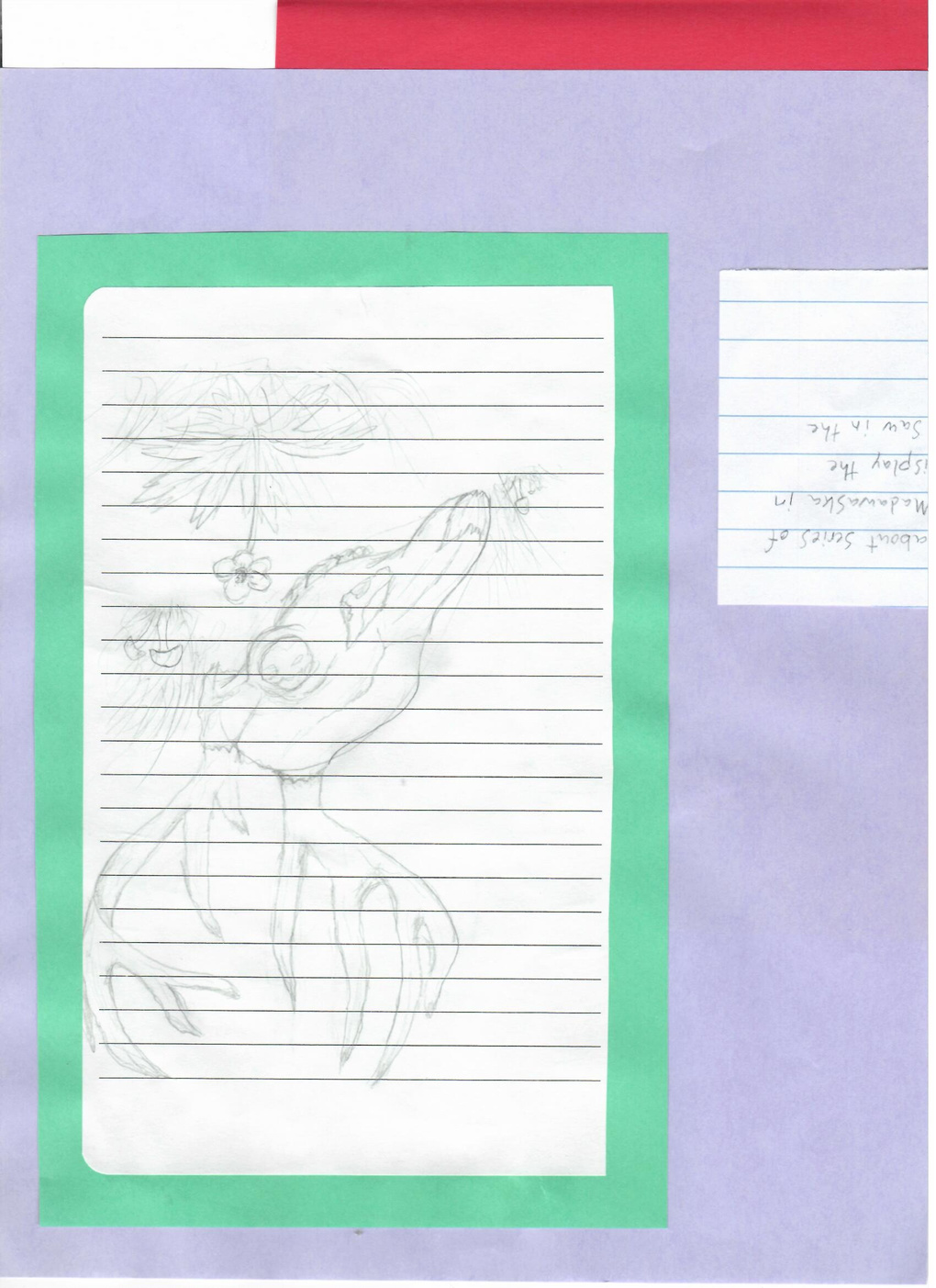
"The chaotic order of constant change
Fills the song with so much range."
Entry
Author: Eliza Ward McCarthy
Title: Métis Identity
Genre: Unit
Reflection on Métis Identity Unit
In this unit, I have learned so much about what community means and why it is essential. Hearing Métis people themselves speak on this topic in so many different formats and styles has given me a better understanding of how the Métis community has been oppressed, but also how people have been resisting this oppression. The complicated emotions and relationships that have resulted from colonization were eloquently conveyed as diverse people shared their lived experience. Listening to these experiences and then discussing them with my classmates gave me further insight into the root causes of many issues that were mentioned and into how different elements relate to each other. For example, the relationship between pride and shame was an interesting and complex issue which really opened my eyes to how intrinsically psychological intergenerational trauma can be. Ultimately, I have developed a deeper understanding of subjects such as Métis identity, history, and worldview.
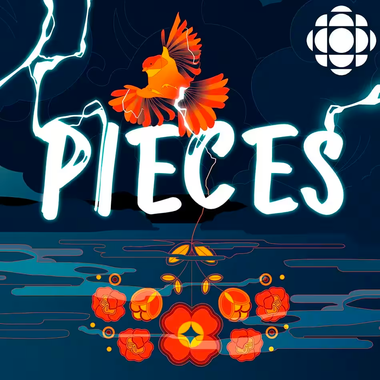
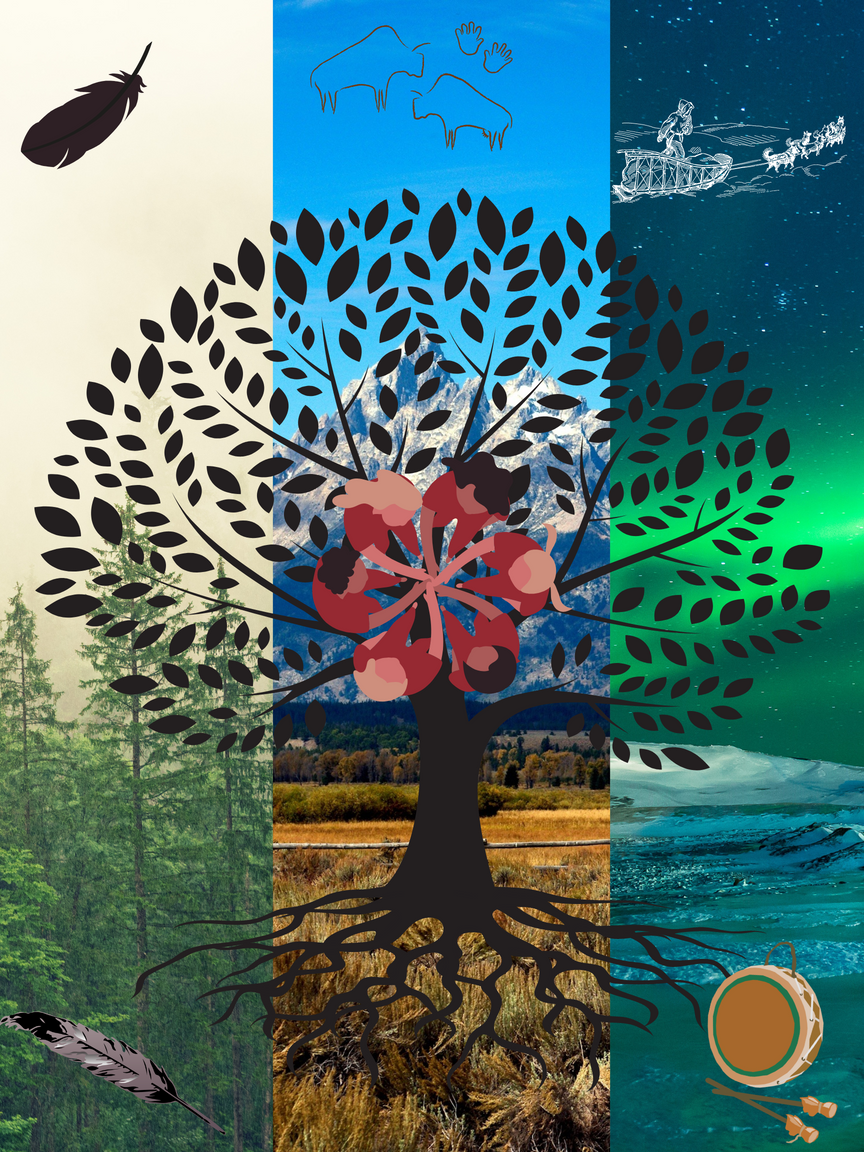
"She stood up and told the story of how I was taken away from her.… That just opened our eyes to each other a little more," said Sheldon. "Finally, there was a time where it changed. We could start talking about it." - Sixties Scoop Survivor Article
Activity

Kent Monkman Exibit
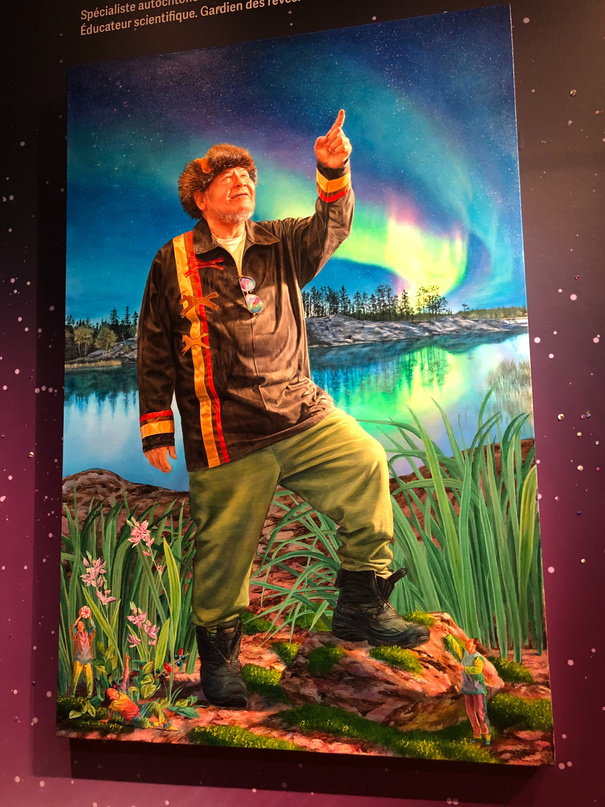

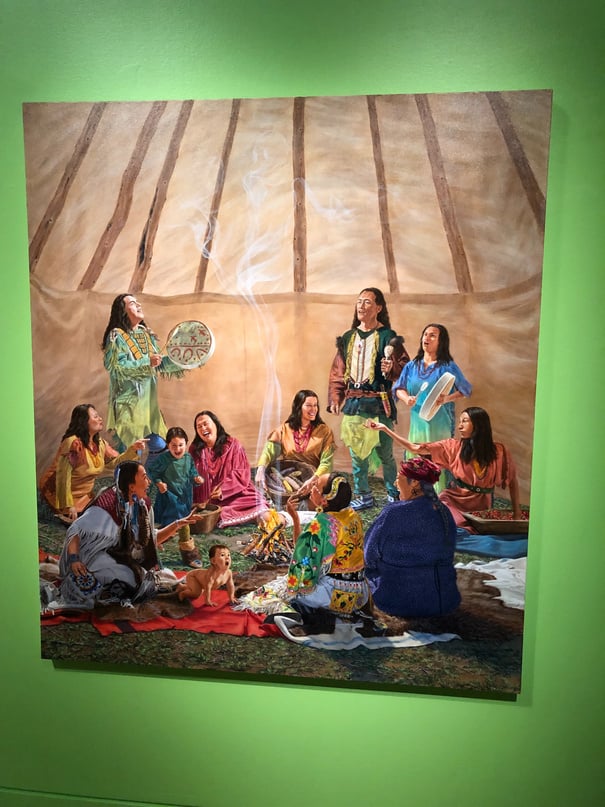
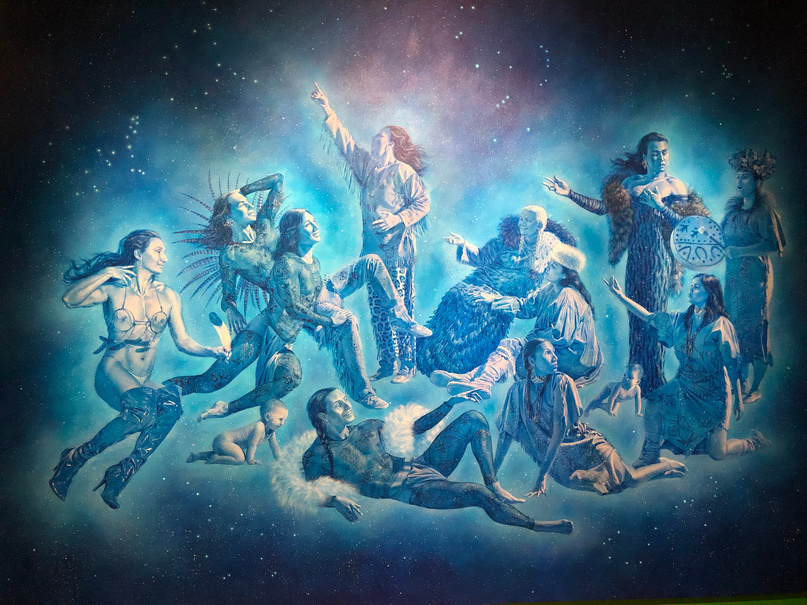
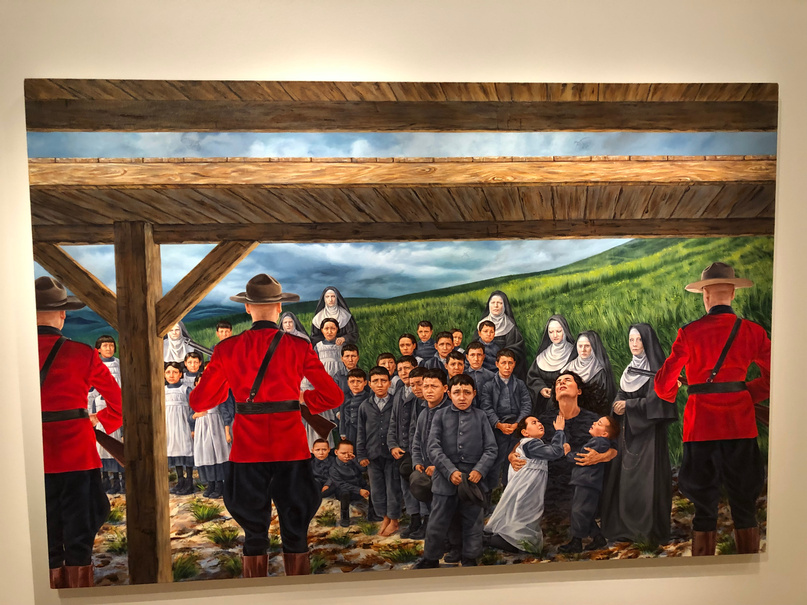
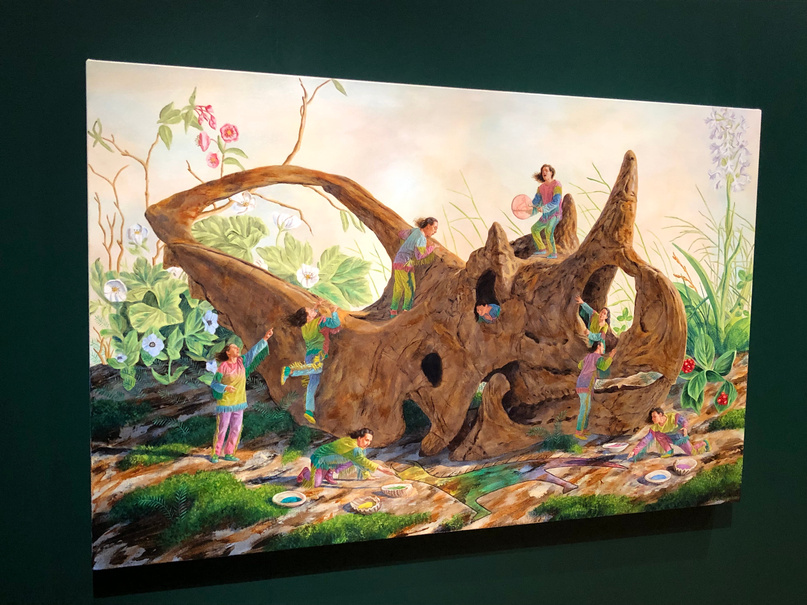
Entry
Author: Beatrice Mosionier
Title: April Raintree
Genre: Novel
April Raintree Early Character Reflection
April is a young and rather naive child. There are lots of troubling behaviours occurring around her, but she does not know enough to understand their context or what they mean. Nevertheless, she is very perceptive and socially literate. She takes note of how people feel. She is also very loyal, both to her sister and to her parents. She tries her very best to protect her sister and refuses to leave her parents when Child Services comes. She is obedient and she fears punishment. She hardly dares to step out of line. At the same time, though, when she sees her dad in front of the orphanage, she takes actions that could, and do, get her into trouble in order to get her sister and herself to their father. This demonstrates her resiliency and determination.
"I tried hard to put everything into my voice, sure that they would all come to their senses and leave us be. There were a lot of grown up things I didn't understand that day. My mother should have fought with her life to keep us with her. Instead, she had simply handed us over. It didn't make any sense to me" (Mosionier 10)
Entry
Author: John Lagimodiere
Title: 8th Fire
Genre: Documentary
Free-Write on Intro to 8th Fire
The agreements that Canada was founded on were based on European law but also on Indigenous peoples' law. The promises in those agreements were not kept and are still being broken today. Sometimes, the Indigenous people who signed the treaties learned about the Western interpretation of them before they signed. Often, they did not. In the documentary, this information was presented to everyday workers in Saskatchewan. Some were suspicious and tried to argue back. They seemed to be stuck in their own ideas and resistant to what was being taught. This is an indicator of how these people were taught when growing up as well as the attitude of their community towards Indigenous issues.
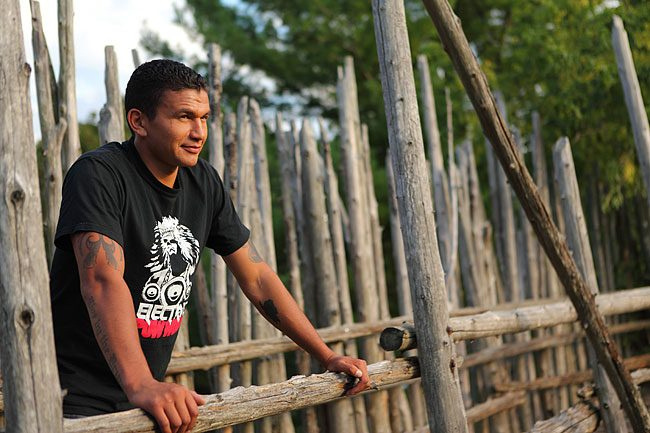
"We Aboriginal People thought we were getting a seat at the big table, but it turns out we had a reservation at a much smaller table, out the back, near the garbage cans. At the big table, they got Canada and all of its bounty. At our table, a total lack of benevolence."
Entry
Author: Neil Diamond
Title: Reel Injun
Genre: Documentary
Reel Injun
“We're not Indian. We're not Native Americans. We're older than both concepts. We're the people; we're the human beings.” - John Trudell
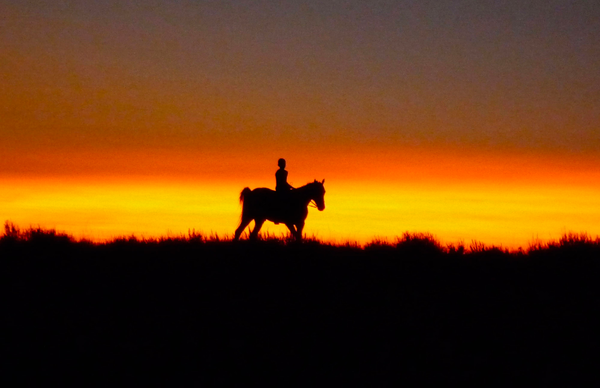
This documentary took our class through a long history of the portrayal of Indigenous people in cinema. It showed a lot of uncomfortable historical depictions of Indigenous people which today would be seen as very problematic. These were quite different from the depictions of Indigenous people that we had seen previously in this course. This was important because it opened our eyes to the reality of harmful depictions of Indigenous people in media and, in turn, the effects of these depictions on both the general population and on Indigenous populations. The documentary is split up into multiple chapters, each of which examines a different stereotype of Indigenous people. All of these stereotypes were diminishing and dehumanizing. Indigenous people who grew up watching this type of portrayal would likely develop issues with self-image and shame as well as anger towards mainstream media. My main takeaway from the documentary was that it is extremely important to have complex, sensitive, and realistic portrayals of Indigenous people. This is best achieved by Indigenous directors and creators who can share their stories through the medium of film.
Conclusion: What I will do with this knowledge
This course has covered a wide range of topics. As I go forward in my education and in my life, there are many lessons and stories from this year that I will take with me. However, the knowledge I have gained over the past ten months has inspired me to do one specific thing; to seek out more diverse Indigenous authors to read their works. So many of the texts we talked about would have gone completely under my radar if not for this course. As a result, I want to make a conscious effort to research and include Indigenous voices and stories in my leisure reading so that I don't miss out on learning about the insightful and compelling perspectives that are shared through Indigenous literature.
Works Cited
Diamond, Neil, director. Reel Injun. Rezolution Pictures, 2010.
Lagimodiere, John. 8th Fire- Part 1. 20 June 2014. YouTube, https://www.youtube.com/watch?v=cb9f2L2u_JQ. Accessed 10 June 2023. Video.
Mosionier, Beatrice. April Raintree. Portage & Main Press, 2016.
Newman, Kendra. “Centuries Pass.” Tea and Bannock Stories: First Nations Community of Poetic Voices, Simon Fraser University, 2007, p. 61, https://www.sfu.ca/lovemotherearth/02poetry/tea_and_bannock.pdf. Accessed 10 June 2023.
Thomas, Rebecca. tuaptmumk: Two-Eyed Seeing | Rebecca Thomas | TEDxNSCCWaterfront. 13 June 2016. YouTube, TEDx Talks, https://www.youtube.com/watch?v=bA9EwcFbVfg. Accessed 10 June 2023. Video.
Vowel, Chelsea. “In Buffalo is the New Buffalo, Chelsea Vowel challenges sci-fi tropes and explores Métis futurism.” CBC, 6 October 2022, https://www.cbc.ca/radio/thenextchapter/full-episode-sept-5-2022-1.6416792/in-buffalo-is-the-new-buffalo-chelsea-vowel-challenges-sci-fi-tropes-and-explores-m%C3%A9tis-futurism-1.6418978. Accessed 10 June 2023.
Watts, Rachel. “Sixties Scoop survivor reconnects with birth mom and identity after decades of separation.” CBC, 6 January 2023, https://www.cbc.ca/news/canada/montreal/sixties-scoop-survivor-reconnects-with-birth-mom-discovers-her-culture-decades-after-separation-1.6672484. Accessed 11 June 2023.